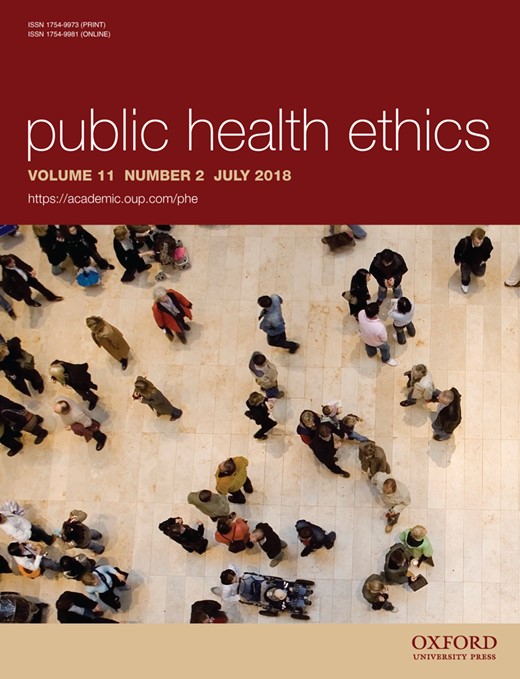-
Views
-
Cite
Cite
Jennifer Radden, Public Mental Health and Prevention, Public Health Ethics, Volume 11, Issue 2, July 2018, Pages 126–138, https://doi.org/10.1093/phe/phx011
Close - Share Icon Share
Abstract
Although employed throughout health-related rhetoric and research today, prevention it is an ambiguous and complicated category when applied to mental and behavioral health. It is analyzed here, along with four ethical issues arising when public health preventative methods and goals involve mental health: (i) age of intervention; (ii) resource priorities between prevention and treatment; (iii) substantive issues in preventive pedagogies and (iv) trade-offs framed by differences of approach. Illustrations include some of the most widespread and ambitious recent preventive models: those aiming to avert subsequent mood disorders of depression and anxiety; those that would curb self-harming (especially suicidal) behavior, and efforts to anticipate and avoid or delay psychosis. To suppose that public mental health can be entirely modeled on other public health programs is mistaken. Instead, it must proceed with awareness of the particular features typifying many mental disorders. These include (i) features of the disorders themselves; (ii) the preliminary nature of scientific knowledge about them; (iii) the contested applicability of traditional disease models to them; (iv) the dearth of established research data available about preventive interventions currently in place or proposed; and (v) the effects of stigma and discrimination on any such interventions.



